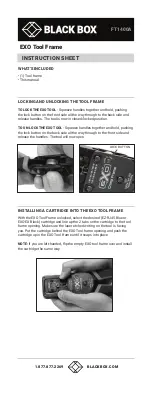
29
With the finder scope aligned and the eyepiece attached, you are ready to use the telescope for
celestial observing. Let’s begin by observing a bright and easy-to-find object, the Moon, and then
proceed to finding planets and fainter celestial objects easily visible at moderate power.
Aim the telescope at the Moon using the
upper four buttons on the STAR BOOK-S
corresponding to the direction keys on the
right side of the screen to bring the Moon
into the center of the field of view of the
finder scope. (Using the dot finder, center
the red dot on the Moon.)
Use a low power eyepiece (large number in mm)
in the telescope and focus on the Moon.
Example: What you can expect to see when viewing at a different magnification
Magnification at 50X
Magnification at 100X
OBSERVING THE MOON
Focus Knob
Focus Knob
Telescope’s filed of view
Finder scope’s filed of view
Finder scope’s filed of view
Bright and easy-to-find
objects
Moon
Jupiter
Saturn
Venus
Mars
Nebulae and
Star Clusters
Dim and blurred
celestial objects
Moon
Jupiter
Jupiter
Saturn
Saturn
Venus
Venus
Mars
Mars
OBSERVING CELESTIAL
OBJECTS
Hint 7
Look through the dot finder in a position where a red dot appears in the center.
The dot finder works as long as the red dot is somewhere in the field of view. However if it is not centered,
the dot may be harder to see clearly and your alignment may not be as accurate. If you have trouble locating
the red dot, look along the guideline (white line) on the dot finder.
Содержание Skypod
Страница 1: ...Altazimuth Mount Instruction Manual for...
















































